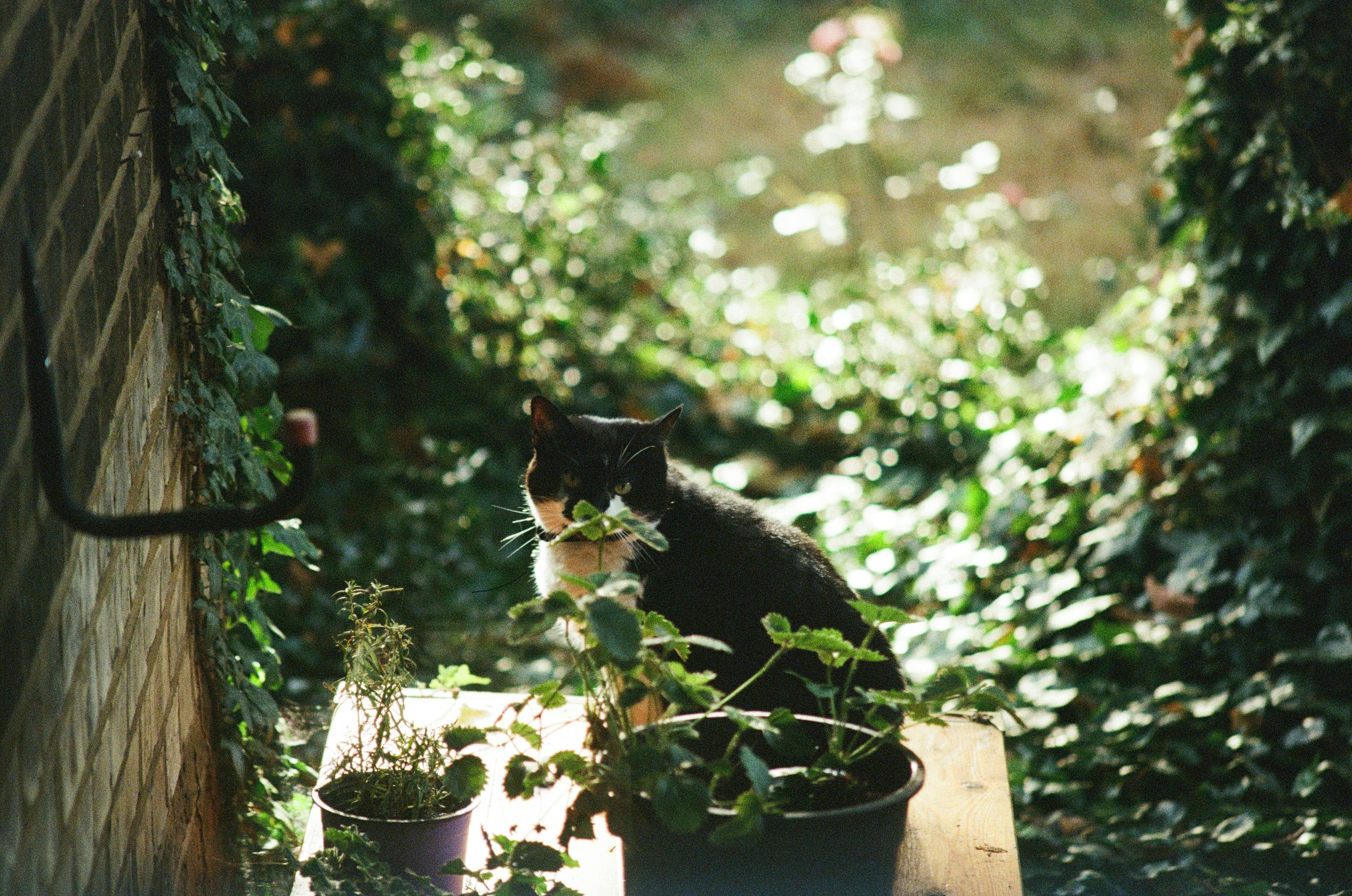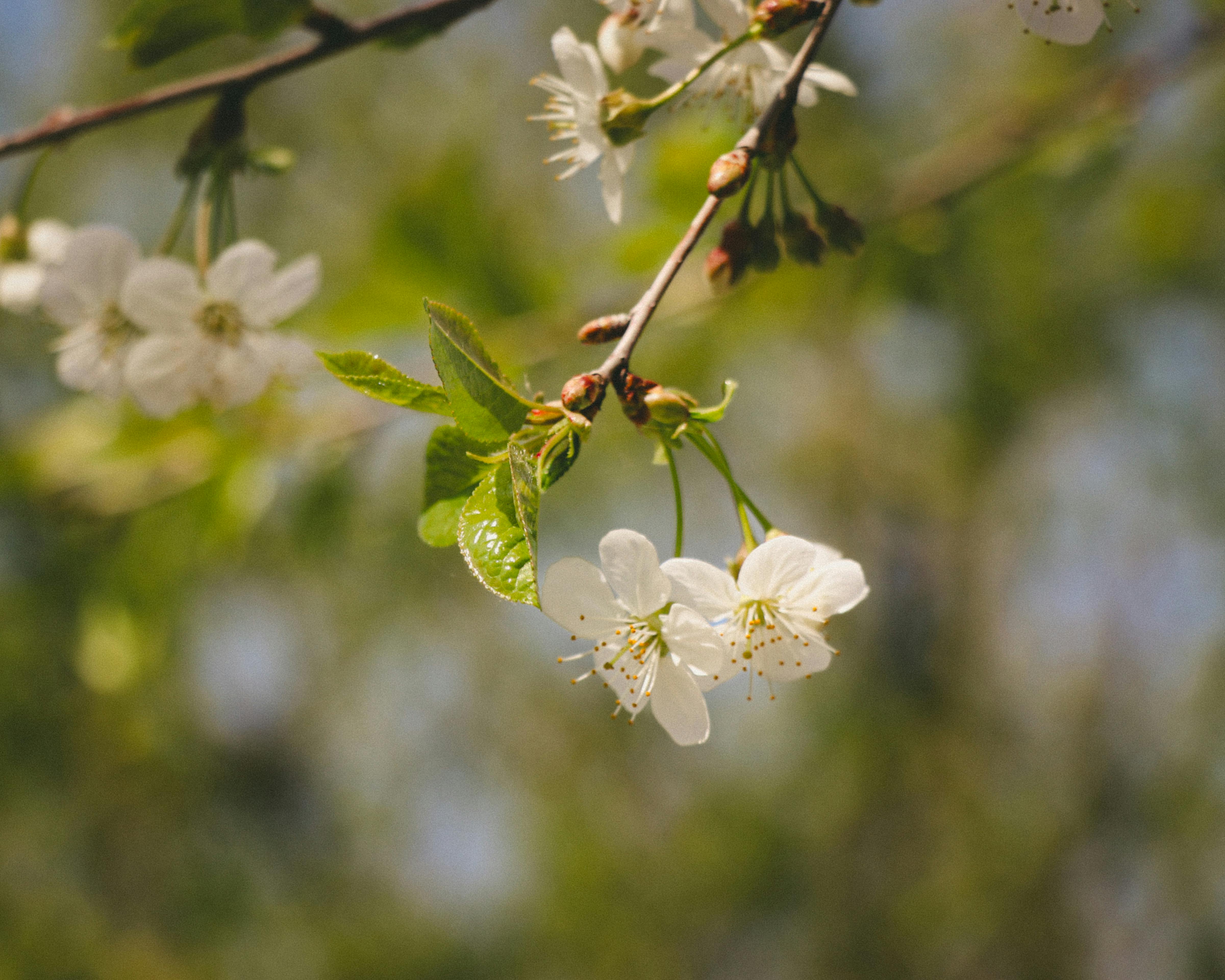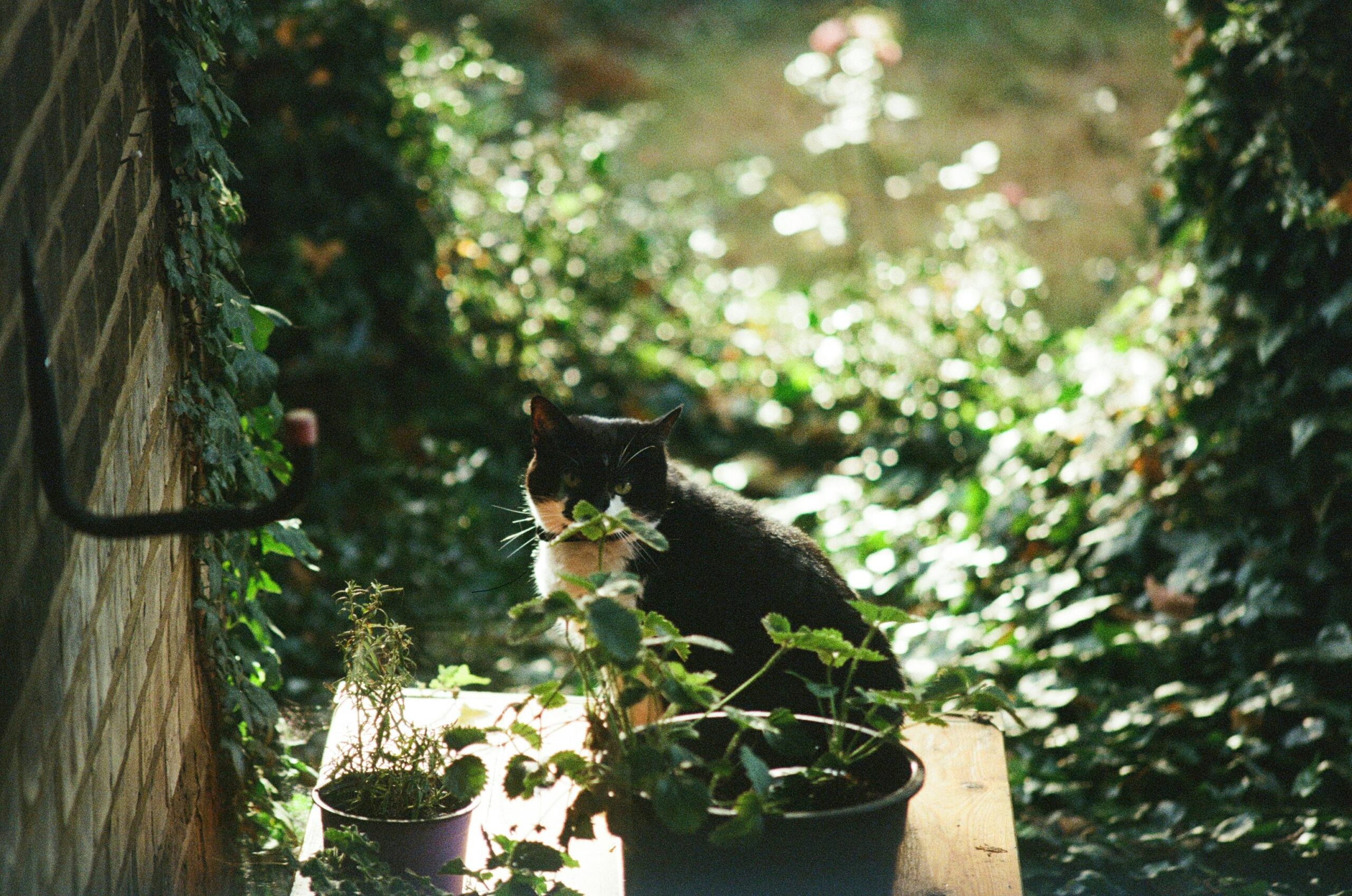Spring Into Gardening: A Complete Seasonal Guide
Spring is the perfect time to breathe new life into your outdoor space. As the frost melts away and the sun lingers longer, many are inspired to spring into gardening. This guide explores the fundamentals, practical steps, and advanced strategies that will help you build and sustain a vibrant spring garden.

Understanding the Fundamentals
Spring gardening involves more than just planting seeds—it’s about timing, planning, and preparation. Understanding these key components sets the stage for success in both flower and food gardens. Historically, spring has always been a pivotal time for agriculture, signifying rebirth and the beginning of the growing season.
By mastering the basics, gardeners can avoid common pitfalls and create a lush, productive space. Think of gardening like building a house—you need a solid foundation before decorating the rooms.
1.1 Seasonal Timing and Climate Awareness
Every region has a different frost calendar, and timing your planting based on your local climate is essential. According to recent USDA data, understanding your growing zone can increase plant survival rates by up to 75%. For example, tomatoes thrive when the soil reaches 60°F and the risk of frost is minimal.
One common misconception is that warm weather means it’s time to plant everything. In reality, cold-season crops like lettuce and broccoli prefer cooler soil, making early spring their prime time.
1.2 Soil Health and Preparation
Healthy soil is the backbone of any successful garden. While many confuse soil with dirt, they are not the same—soil is full of nutrients and microorganisms essential for plant growth. A well-balanced soil includes a mix of sand, silt, clay, organic matter, and living organisms.
For practical value, consider a simple soil test kit. These kits measure pH and nutrient levels, helping you decide whether to add compost, lime, or other amendments before planting.
Practical Implementation Guide
Now that you understand the fundamentals, it’s time to apply them. This section will walk you through actionable steps to kickstart your spring garden. You can expect early sprouts within 1-2 weeks and tangible growth by mid-season if executed correctly.

2.1 Actionable Steps
- Assess Your Space: Measure sunlight, space, and accessibility. For example, leafy greens need partial sun, while tomatoes love full exposure.
- Gather Tools: Must-haves include a trowel, pruner, gloves, watering can, and soil test kit. Consider ergonomic tools if you have mobility concerns.
- Create a Timeline: Start seeds indoors 4-6 weeks before the last frost. Transplant when conditions stabilize, and plan for crop rotation if space allows.
2.2 Overcoming Challenges
Common spring gardening obstacles include unpredictable weather, pest invasions, and overwatering. To combat these:
- Use row covers to shield plants from late frost
- Apply neem oil or companion planting for pest control
- Water deeply but infrequently to prevent root rot
Expert tip: Monitor weather forecasts daily and be ready to adjust your strategy. Gardening is both science and art—flexibility pays off.
Advanced Applications
Once you’ve mastered the basics, advanced techniques can help maximize yields and aesthetics. These methods are ideal for experienced gardeners looking to elevate their practice. Consider progressing when your plants consistently thrive and you have a rhythm in place.

3.1 Companion Planting Strategies
Companion planting involves growing mutually beneficial plants together. A well-known pairing is basil and tomatoes; basil repels pests while enhancing tomato flavor. In a study by the RHS, companion gardens saw a 20% increase in yield compared to mono-crop beds.
This technique also helps reduce the need for chemical fertilizers and pesticides, making it ideal for those interested in organic gardening.
3.2 Vertical Gardening Systems
Vertical gardening integrates structures like trellises, hanging baskets, or wall planters to save space. It’s ideal for urban gardeners or those with limited yard area. Beans, cucumbers, and even strawberries flourish in vertical setups.
Ensure that your vertical system is compatible with your irrigation plan and can support the weight of mature plants.
Future Outlook
With climate change and tech innovation shaping agriculture, the future of spring gardening is bright and adaptive. Smart irrigation systems, AI-driven planting guides, and hydroponic methods are becoming mainstream.
Gardeners should prepare by staying informed, experimenting with new tools, and diversifying their planting strategies. Adaptability will be key to thriving in the gardens of tomorrow.
Conclusion
To summarize, spring into gardening by understanding your local climate, prioritizing soil health, and following a step-by-step plan. Embrace advanced strategies like companion and vertical planting for best results.
Now is the perfect moment to grab your gloves and start planting. Spring waits for no one—grow your garden, and grow yourself. Download a seasonal planner or journal to track your progress and results.
Frequently Asked Questions
- Q: When should I start spring gardening? Start planting cold-tolerant crops as soon as the soil can be worked. For warm-weather plants, wait until after the last frost.
- Q: How do I begin if I’m a total beginner? Start with easy crops like lettuce or radishes and choose container gardening for flexibility. Follow seed packet instructions closely.
- Q: How much time does a spring garden take? Expect to spend 3–5 hours per week on maintenance, watering, and weeding, depending on garden size.
- Q: Is gardening expensive? Costs vary. A basic garden setup may run $50–$150, while raised beds or automated systems can go higher. Starting small helps manage expenses.
- Q: Should I use seeds or seedlings? Seeds are cost-effective and offer variety, while seedlings save time. Use seeds for leafy greens, and seedlings for tomatoes or peppers.
- Q: Is gardening hard to learn? Not at all! With consistent practice, anyone can develop a green thumb. Start small and expand as you gain confidence.
- Q: What if I want to grow herbs for cooking? Herbs like basil, parsley, and thyme are perfect for spring. They grow well in pots or windowsills and require minimal maintenance.
